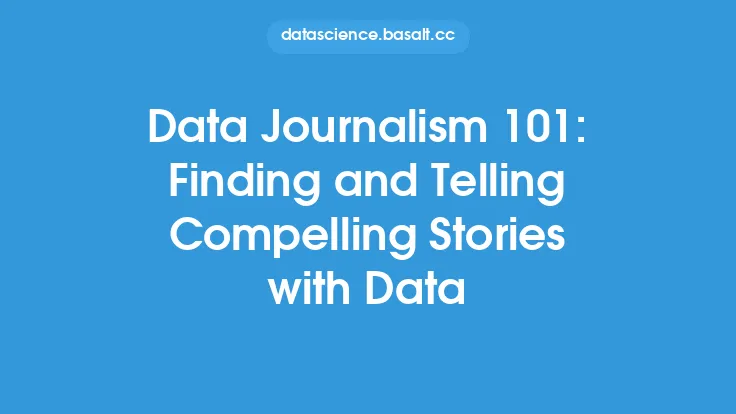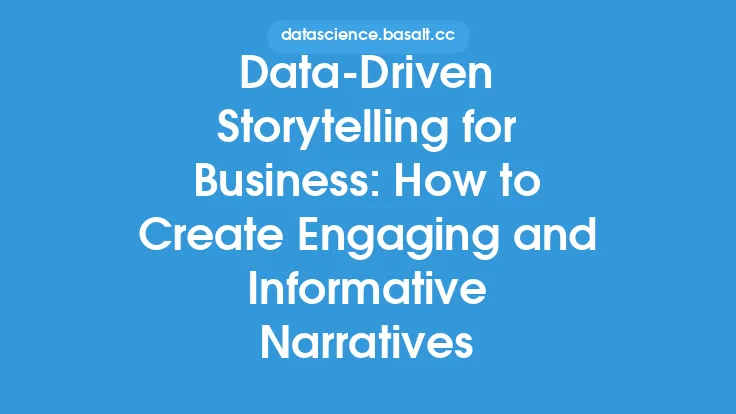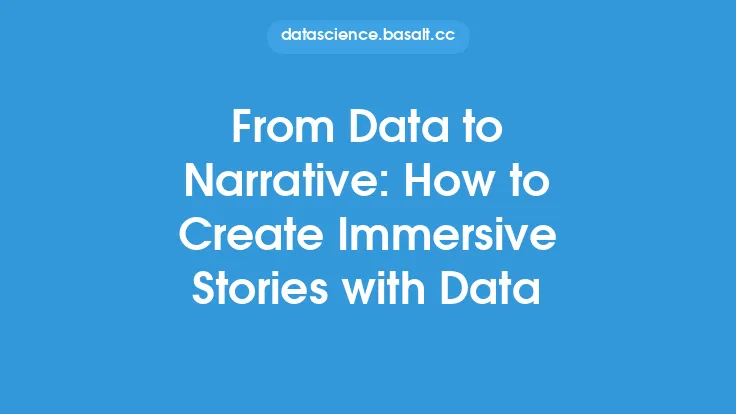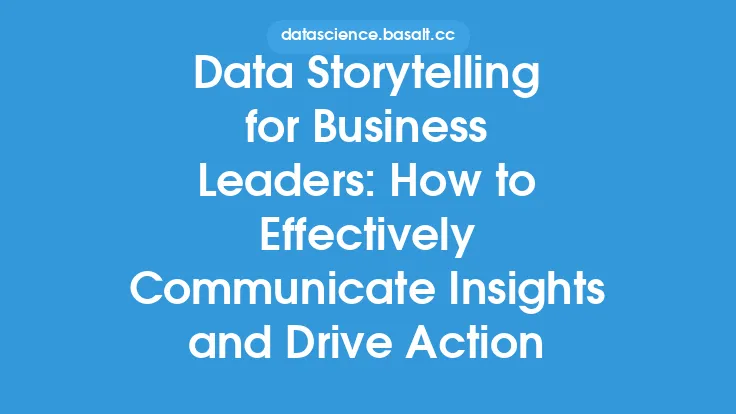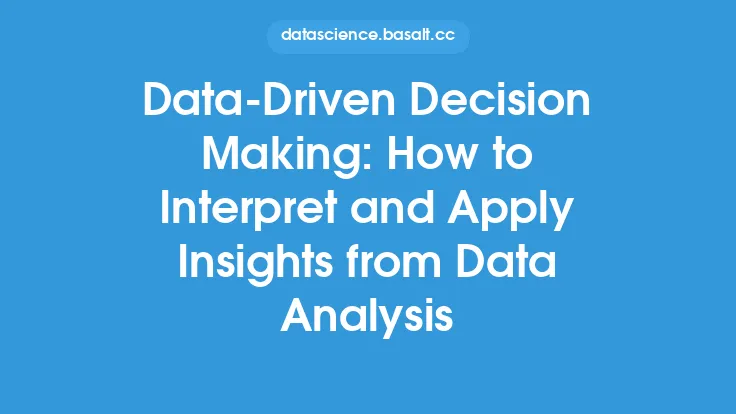The field of data journalism has experienced significant growth in recent years, as journalists and news organizations increasingly recognize the importance of using data to inform and engage their audiences. At its core, data journalism involves the use of numerical data and statistical analysis to uncover insights and tell stories that might not be possible through traditional reporting methods. This approach has enabled journalists to provide more in-depth and nuanced coverage of complex issues, and to hold those in power accountable for their actions.
Introduction to Data Journalism
Data journalism is a multidisciplinary field that combines elements of journalism, computer science, and statistics. It involves the use of data analysis and visualization techniques to extract insights from large datasets, and to communicate these insights to the public in a clear and compelling way. Data journalists use a range of tools and techniques, including spreadsheet software, programming languages such as Python and R, and data visualization libraries like D3.js and Matplotlib. By leveraging these tools, data journalists can uncover patterns and trends in the data that might not be apparent through other means, and can use this information to inform and engage their audiences.
The Process of Data Journalism
The process of data journalism typically involves several key steps. First, data journalists must identify a topic or issue that they want to investigate, and determine what data is available to support their reporting. This may involve requesting data from government agencies or other organizations, or scraping data from websites and other online sources. Once the data has been obtained, data journalists must clean and preprocess it, which involves removing any errors or inconsistencies and transforming the data into a format that can be analyzed. Next, data journalists use statistical analysis and data visualization techniques to extract insights from the data, and to identify any patterns or trends that may be present. Finally, data journalists must communicate their findings to the public, which may involve writing articles, creating interactive visualizations, or producing other types of content.
Tools and Techniques of Data Journalism
Data journalists use a range of tools and techniques to analyze and visualize data. Some of the most common tools include spreadsheet software such as Microsoft Excel and Google Sheets, which can be used to clean and preprocess data, as well as to perform basic statistical analysis. Data journalists also use programming languages such as Python and R, which provide a range of libraries and frameworks for data analysis and visualization. For example, the Pandas library in Python provides a powerful data structure for storing and manipulating data, while the D3.js library in JavaScript provides a range of tools for creating interactive visualizations. In addition to these tools, data journalists also use data visualization software such as Tableau and Power BI, which provide a range of pre-built visualizations and dashboards that can be used to communicate insights to the public.
Best Practices for Data Journalism
To produce high-quality data journalism, it is essential to follow best practices for data analysis and visualization. One of the most important principles is to ensure that the data is accurate and reliable, which involves verifying the source of the data and checking for any errors or inconsistencies. Data journalists should also be transparent about their methods and sources, which involves providing clear documentation of their data and analysis, as well as acknowledging any limitations or uncertainties. In addition, data journalists should strive to communicate their findings in a clear and compelling way, which involves using simple and intuitive language, as well as creating interactive visualizations that allow readers to explore the data for themselves. By following these best practices, data journalists can produce high-quality content that informs and engages their audiences, and helps to hold those in power accountable for their actions.
The Impact of Data Journalism
The impact of data journalism can be significant, as it provides a powerful tool for uncovering insights and telling stories that might not be possible through traditional reporting methods. By using data analysis and visualization techniques, data journalists can provide more in-depth and nuanced coverage of complex issues, and can help to hold those in power accountable for their actions. For example, data journalists have used data analysis to uncover patterns of corruption and abuse of power, and have created interactive visualizations to help the public understand complex issues such as climate change and economic inequality. In addition, data journalism has the potential to increase transparency and accountability, as it provides a way for journalists to scrutinize the actions of government and other powerful institutions, and to hold them accountable for their actions.
The Future of Data Journalism
The future of data journalism is likely to be shaped by a range of technological and societal trends. One of the most significant trends is the increasing availability of large datasets, which provides a rich source of material for data journalists to analyze and visualize. Another trend is the growing use of artificial intelligence and machine learning, which provides a range of new tools and techniques for data analysis and visualization. In addition, the increasing use of social media and other digital platforms provides new opportunities for data journalists to communicate their findings to the public, and to engage with their audiences in new and innovative ways. By leveraging these trends, data journalists can continue to produce high-quality content that informs and engages their audiences, and helps to hold those in power accountable for their actions.

